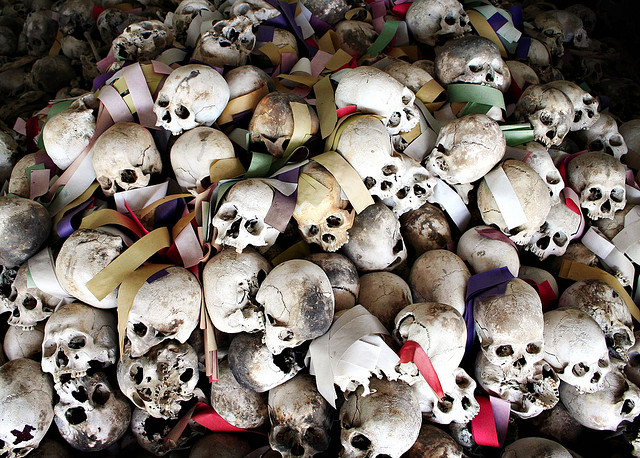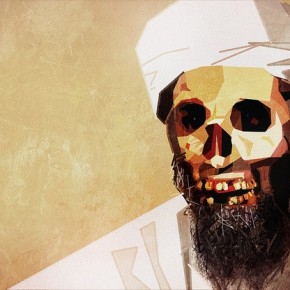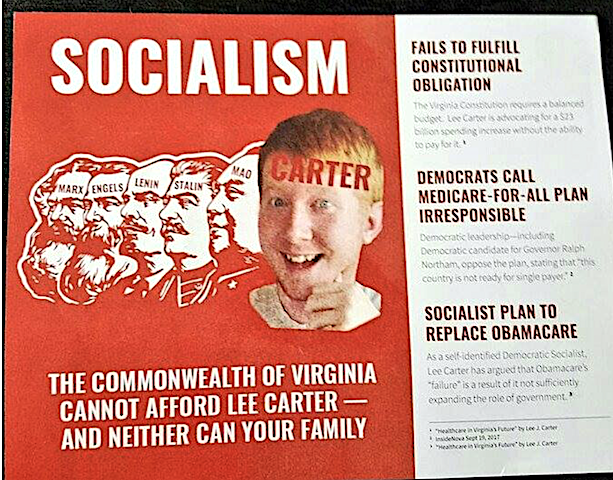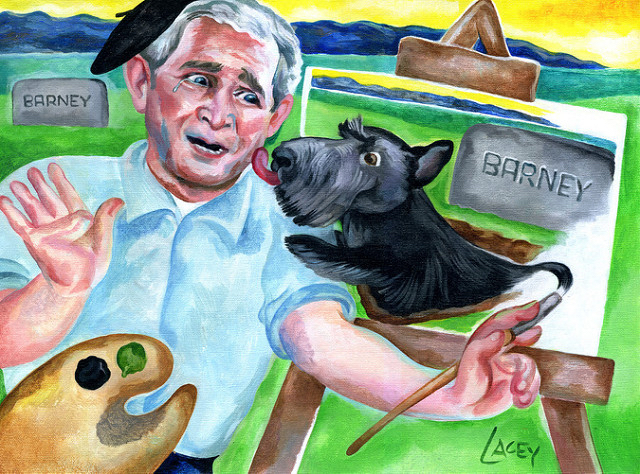The Khmer Rouge got off easy. No act of genocide is as misunderstood as the murderous campaign that the Maoist revolutionaries undertook during the second half of the 1970s. Two million Cambodians were murdered in the space of four years. The scale of the killings, and the ruthlessness with which they were conducted, shocked the West, which was still struggling to get its head around the Holocaust, just three decades earlier.
The idea that an anti-colonial conflict, so soon afterwards, had turned so barbarous, was particularly difficult to digest, especially in the context of popular resentment against the war in Vietnam. The people, so to speak, had proven no better than the imperialists, first the French, and then the Americans, who had spent the better part of the post-war period trying to stamp out the threat of socialism in Southeast Asia, killing millions, themselves.
What happened? The recent convictions of Khieu Samphan and Nuon Chea offer an opening to revisit what happened, and set the record somewhat straight.
When the Khmer Rouge seized Phnom Penh in 1975, there was a reaction from anti-Communist world powers. The United States had been supporting the Lon Nol regime since it was installed in a 1970 coup, and backed it fiercely as an ally of American policy in Vietnam. The coup had overthrown Prince Sihanouk and put an end to Cambodian neutrality. Bearing in mind that Vietnam and Laos were an inferno, Sihanouk had endeavoured to keep Cambodia out of the war, and avoid its destabilizing effects. He presided over a delicate balance of leftists, republicans, and monarchists, in order to build a domestic support for this initiative. This was mirrored by another balance of ancestral tensions with Vietnam.
Lon Nol wasn’t nearly as careful. After taking power, he waged a war against a guerrilla movement led by the Khmer Rouge that sought to overthrow the government. Apparently, he was also a devout Buddhist who accepted strange advice from mystics, including ordering a ring of consecrated salt to be poured around the capital to protect it from Pol Pot‘s forces. Regardless, he ensured that Cambodia would be brought into the conflict the same way as Laos. As a result, Cambodia became another theatre, and was brought to the brink of destruction.
Containing the Virus
At his trial, Kang Kek Iew, the warden of the notorious death centre Tuol Sleng, claimed that if it were not for American policy, the Khmer Rouge could have been defeated in 1970. It was specifically the Nixon Administration’s intensified bombing campaigns (that started with Lyndon Johnson as early as 1965,) and intense support for Lon Nol’s dictatorship, that hardened Pol Pot’s position and won him popular support. The Khmer Rouge’s revolution was assured when the tens of thousands of tonnes of explosives that rained down on Cambodia from 1969 to 1973 turned into mass fury against American policy and Lon Nol’s support of the bombings.
The Khmer Rouge took power at around the same time that the client state of South Vietnam collapsed with the fall of Saigon to the People’s Army of Vietnam. The remaining American forces withdrew in bitterness, as 58,000 soldiers had died, along with 3.8 million Vietnamese, according to Robert McNamara‘s estimates. Although elsewhere, American interests were secure, with Suharto in Indonesia and Ferdinand Marcos in the Philippines, it could no longer be easily claimed that the war in Vietnam had prevented the rise of Communism. It seemed more the case that French Indochina had emerged from its war of independence on a path towards non-aligned nationalism, and adopted a more hard-line Communist approach in the face of American-backed resistance.

The United States set out to inoculate Indochina of this ‘virus’ in order to defend gains it had won during the Second World War. If Indochina moved out of the Euro-American orbit, then other countries such as Japan and Indonesia may have followed suit, compromising its control of the Pacific Rim. This was especially problematic given the spectacular defeat of Chinese nationalists by Mao Tse Tung. As many Americans learned over the course of the war, talk of “containing Communism” was merely a way of obfuscating this reality. The ultimate consequence, though, is that it radicalised movements on the ground, and destabilized local societies so greatly that bloodshed became a more acceptable course of action. This is how the rise of the Khmer Rouge needs to be understood.
The Killing Fields
By the time the Khmer Rouge came to power, American bombings may have killed hundreds of thousands of people. The exact figure is unknown. The whole of the country was now run by the Angkar (“The Organization), otherwise known as the Communist Party of Kampuchea. Pol Pot and Khieu Samphan presided over the demolition of Cambodia’s civil society, as well as many other aspects of the state. Cities were emptied, and its population was driven into the jungles to build an agrarian social order. This was an attempt to wipe out all knowledge of the preceding order: for Pol Pot and his followers, revolution was an extremely violent event that had to slash all ties with the preceding order basically immediately. The effect was a poorly-thought out vision of agrarianism that decimated the country and killed hundreds of thousands of people.

While the going theory is that this was a Communist-led bloodbath, that must be re-evaluated. The Angkar may have been dominated by Paris-educated Cambodians who were inspired by French revolutionary politics, but Pol Pot was not a master theoretician and returned to his homeland without a diploma. Khieu Samphan was the only member of the leadership cadre to produce a compelling dissertation on political economy, and the leadership was hardly well versed in anything of ideological substance. Like many oppressive Communist parties in Asia during this period, the Khmer Rouge was clearly only a tad Marxist, and mainly nationalist. After all, “Khmer” is an ethnicity, not a civic identity. It used Marxist ideals to shield its romanticism of the Angkor Empire from criticism by pointing to shallow ideas of popular struggle. It is very debatable, then, if its machinations can be genuinely described as a “Communist” genocide, rather than simply a genocide.
The Wrong Liberators
The barbarity of the Angkar was not limited to Cambodia. Eventually, border clashes with Vietnam led to the Vietnamese invasion of Cambodia in 1978. The Khmer Rouge was overthrown by 1979, which led to another round of conflict as China invaded Vietnam in retaliation for its attack against Beijing’s ally (and it needed them, given the Sino-Soviet split.) During the Vietnamese occupation of Cambodia, Western governments retaliated. The Carter Administration held back when China began attacking Vietnam, newly-elected Prime Minister Margaret Thatcher pushed the European Economic Community to cut of powdered milk to the country, and the Khmer Rouge was suddenly able to access international goods and services. Despite the bloodbath they had facilitated, the Khmer Rouge received World Food Programme aid while camped out on the Thai border, training from the British SAS, and American assistance in trying to block international assistance to Cambodia. The argument was that the Vietnamese occupation would make distribution problematic.
American support for the Khmer Rouge began, ironically, under Carter and continued into the Reagan Administration. An estimated $85 million was spent on the group between 1980 and 1986, and this was mainly possible because the Khmer Rouge began professing support for liberal democratic, and free market positions. The extent of Western support during this period is almost comical, especially given how it was previously in favour of a general who wanted Pol Pot and his followers dead. When asked about this in 1988, Margaret Thatcher said “Pol Pot could not go back… but some of the Khmer Rouge of course are very different. I think there are probably two parts to the Khmer Rouge. There are those who supported Pol Pot, and then there is a much much more reasonable grouping within that title ‘Khmer Rouge’…”
It’s clear that Cambodia offered the United States a chance to solidify its position in Vietnam, and then later, another attempt to lash out against the country that had defeated and humiliated it. Still though, it’s impossible to ignore that American policy created the stage for the Khmer Rouge genocide through the sheer amount of violence and instability it brought to Indochina. It would be inaccurate to say that the United States is directly responsible, but it is certainly true that without foreign interventionism, Cambodia wouldn’t have been so vulnerable to a bloody event like this, either. The ultimate effect of both American policy, and its fallout, was that over two million Cambodians died. It interferes with Cold War narratives to say that, but it is far more accurate. Who knows what would have happened to the Khmer Rouge if not for American policy in Vietnam. At the very least, there probably wouldn’t have been a genocide.
Photographs courtesy of Sandvan, Parabyte, and Cat Murray. Published under a Creative Commons license.





